Report on Organizational Learning Strategies for ACEstar Company
VerifiedAdded on 2021/05/31
|11
|684
|23
Report
AI Summary
This report analyzes the organizational learning practices of ACEstar, a Malaysian IT company. It examines ACEstar's mission, vision, and leadership, focusing on how the company fosters a learning environment. The report explores key components such as shared vision, personal mastery, mental models, team learning, and systems thinking. It highlights the importance of employee empowerment, innovation, and a strong organizational culture. Furthermore, the report evaluates the tangible benefits of these practices, including positive public image, quality service, and low employee turnover. The analysis emphasizes the link between employee satisfaction, job depth, and leadership style, concluding with references to support the findings. This report provides a comprehensive understanding of ACEstar's approach to organizational learning and its impact on overall success. Desklib offers this and other past papers and solved assignments for students.
1 out of 11
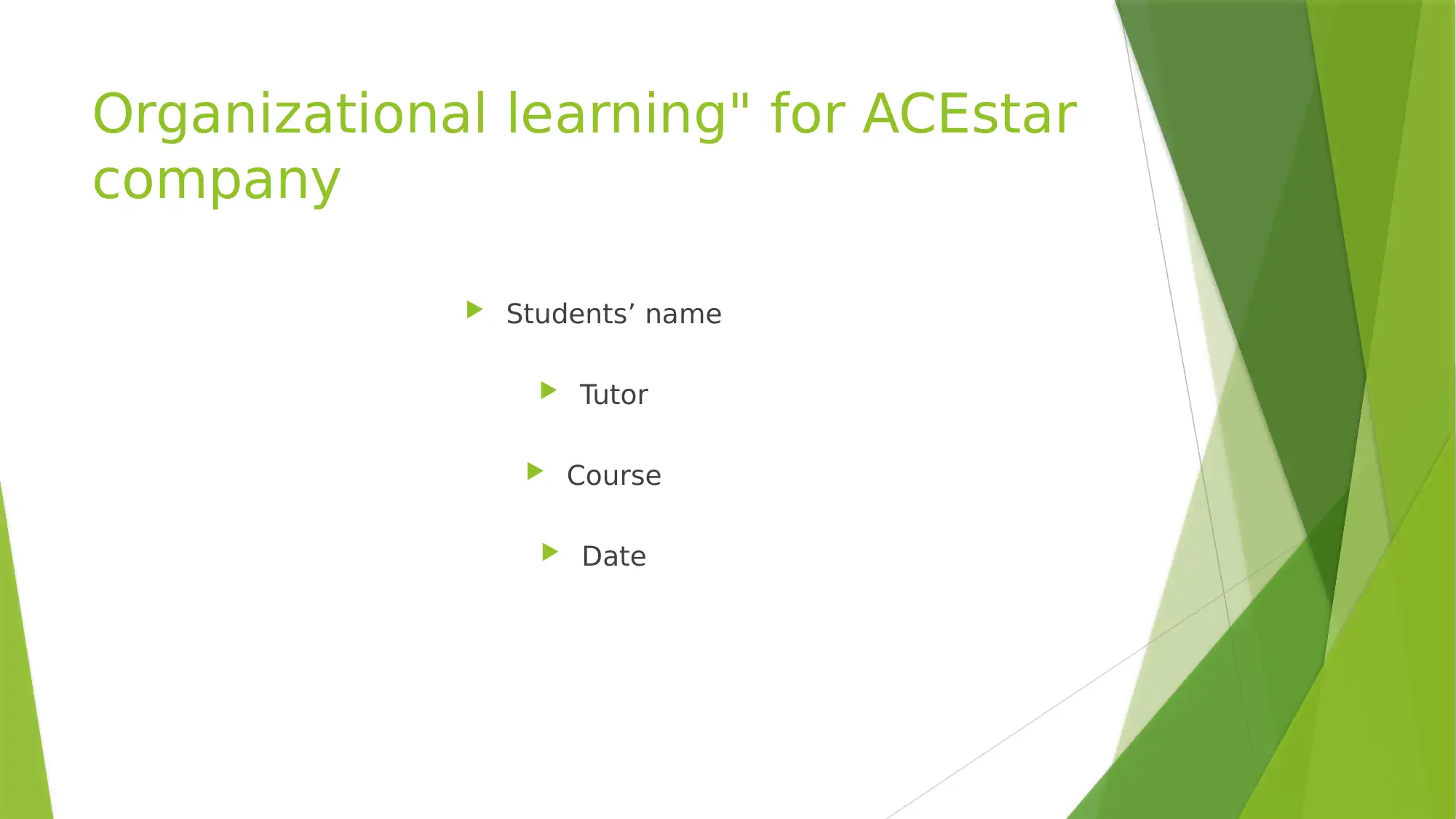
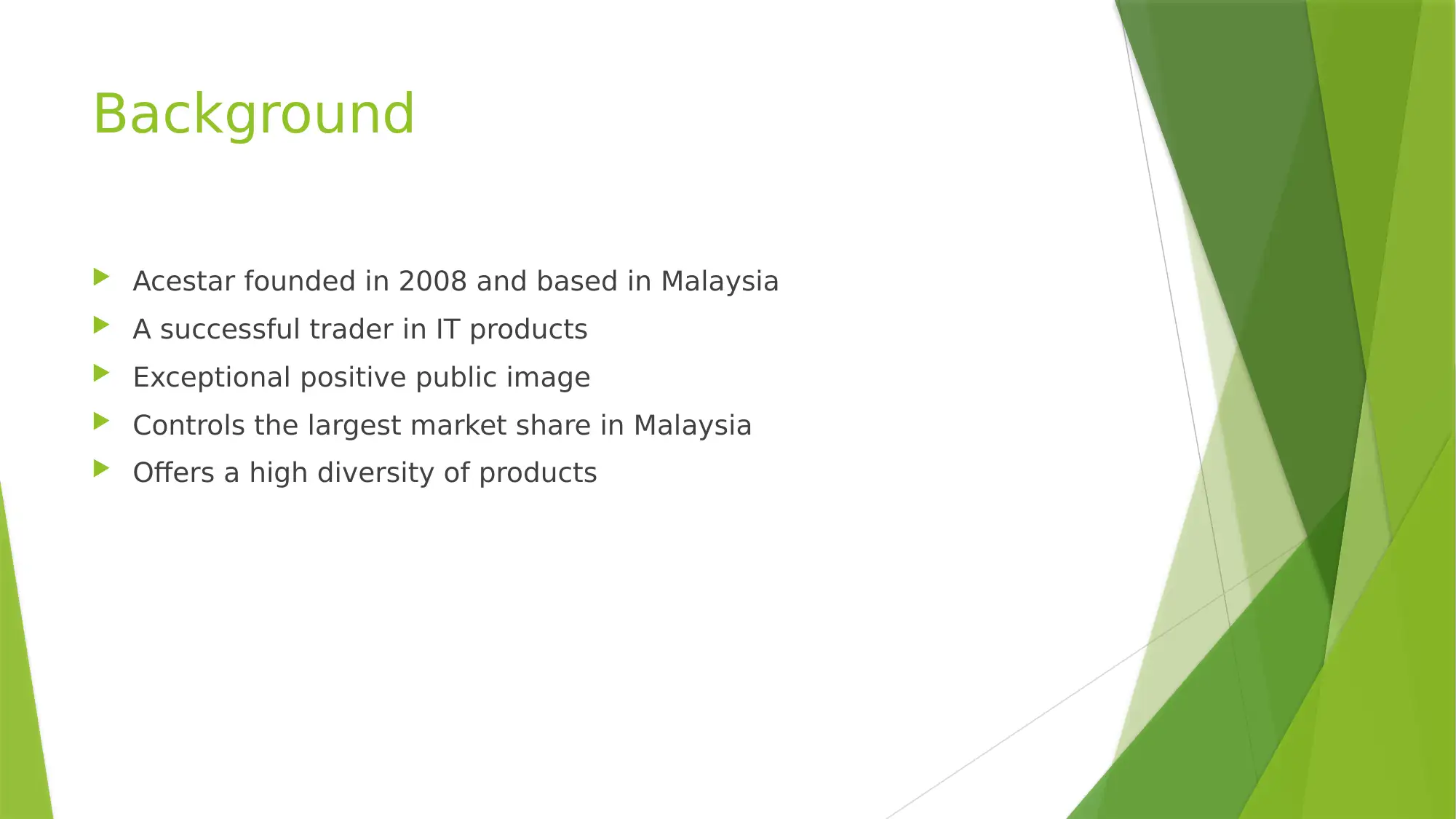
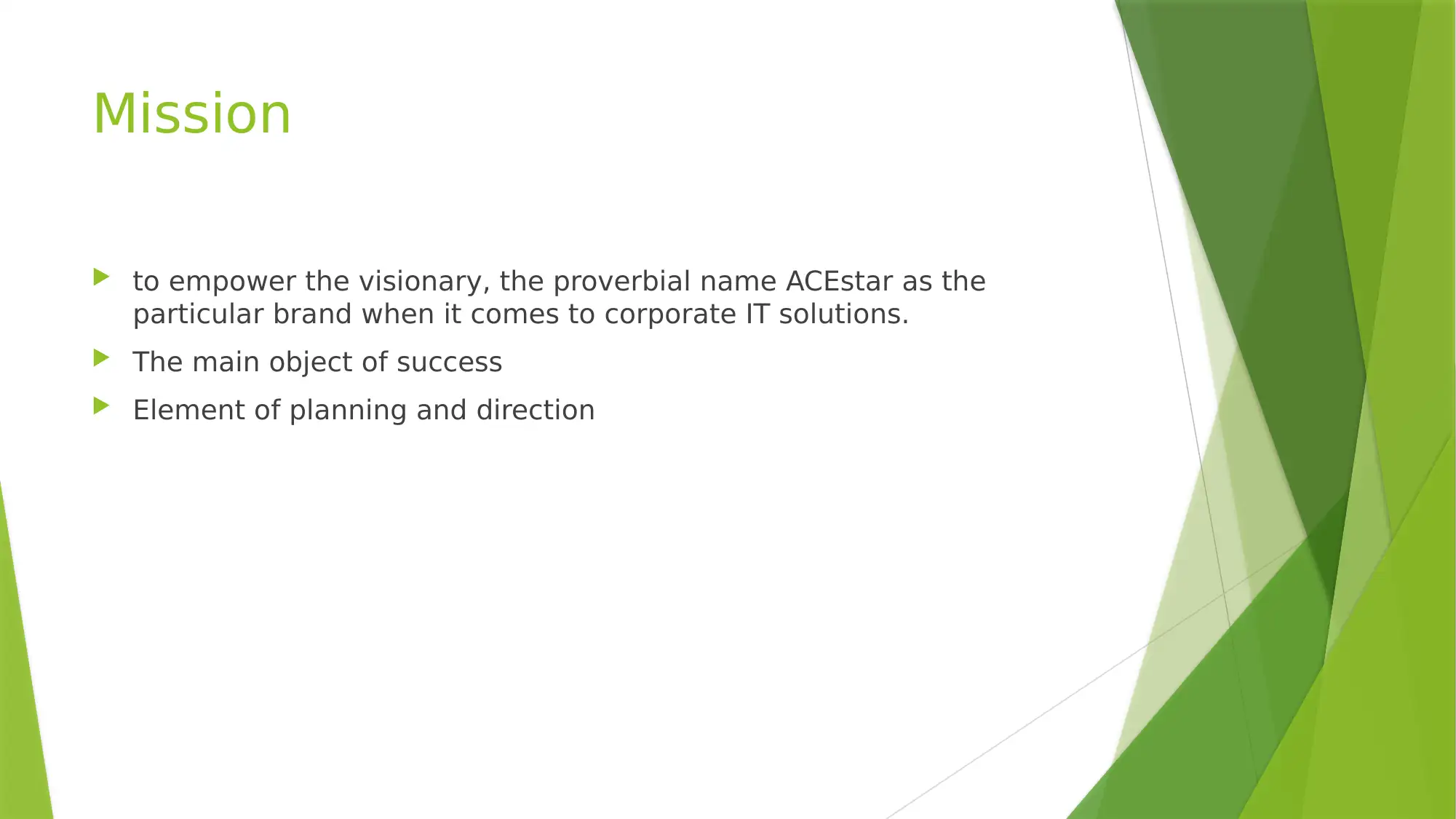


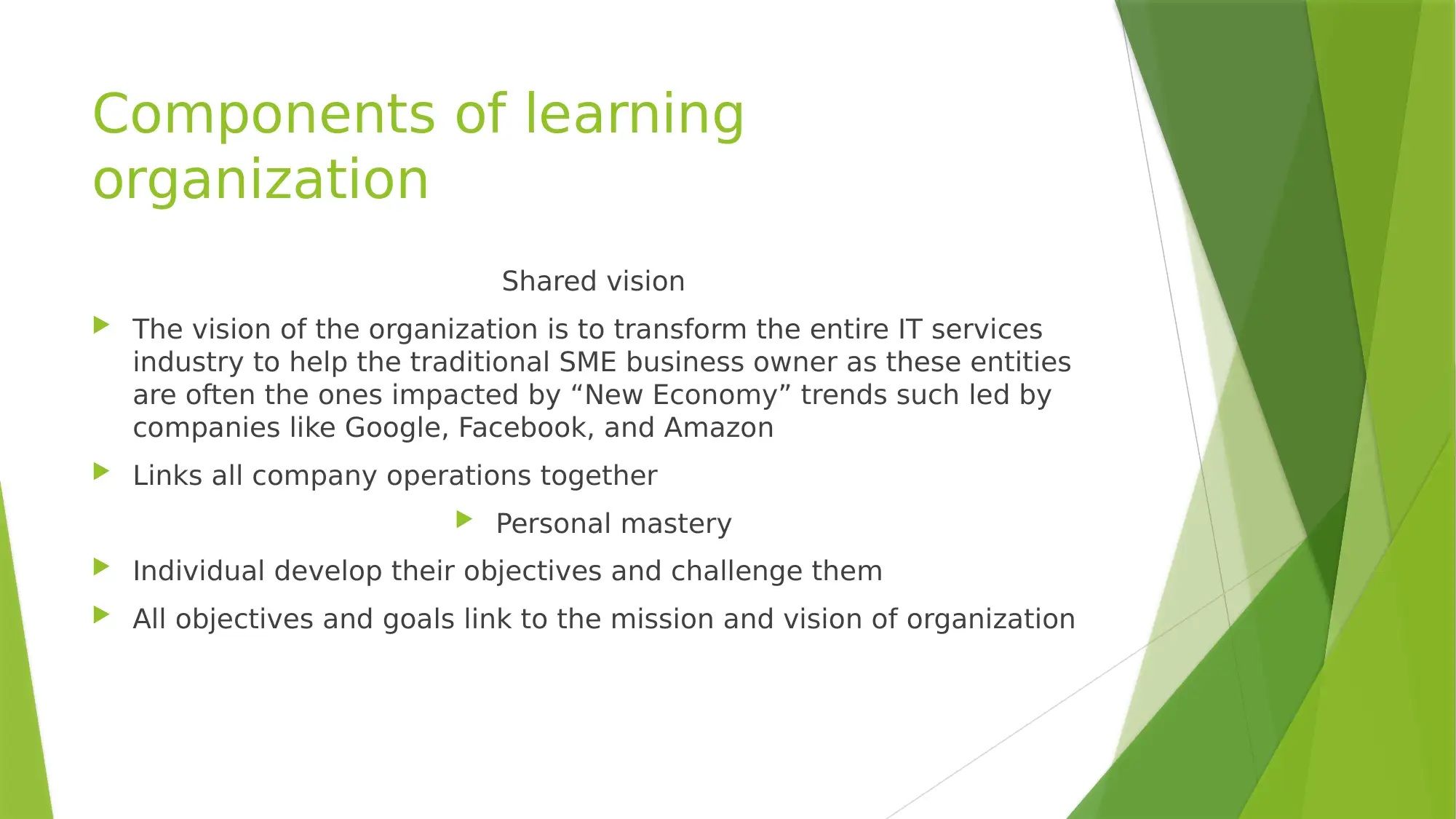
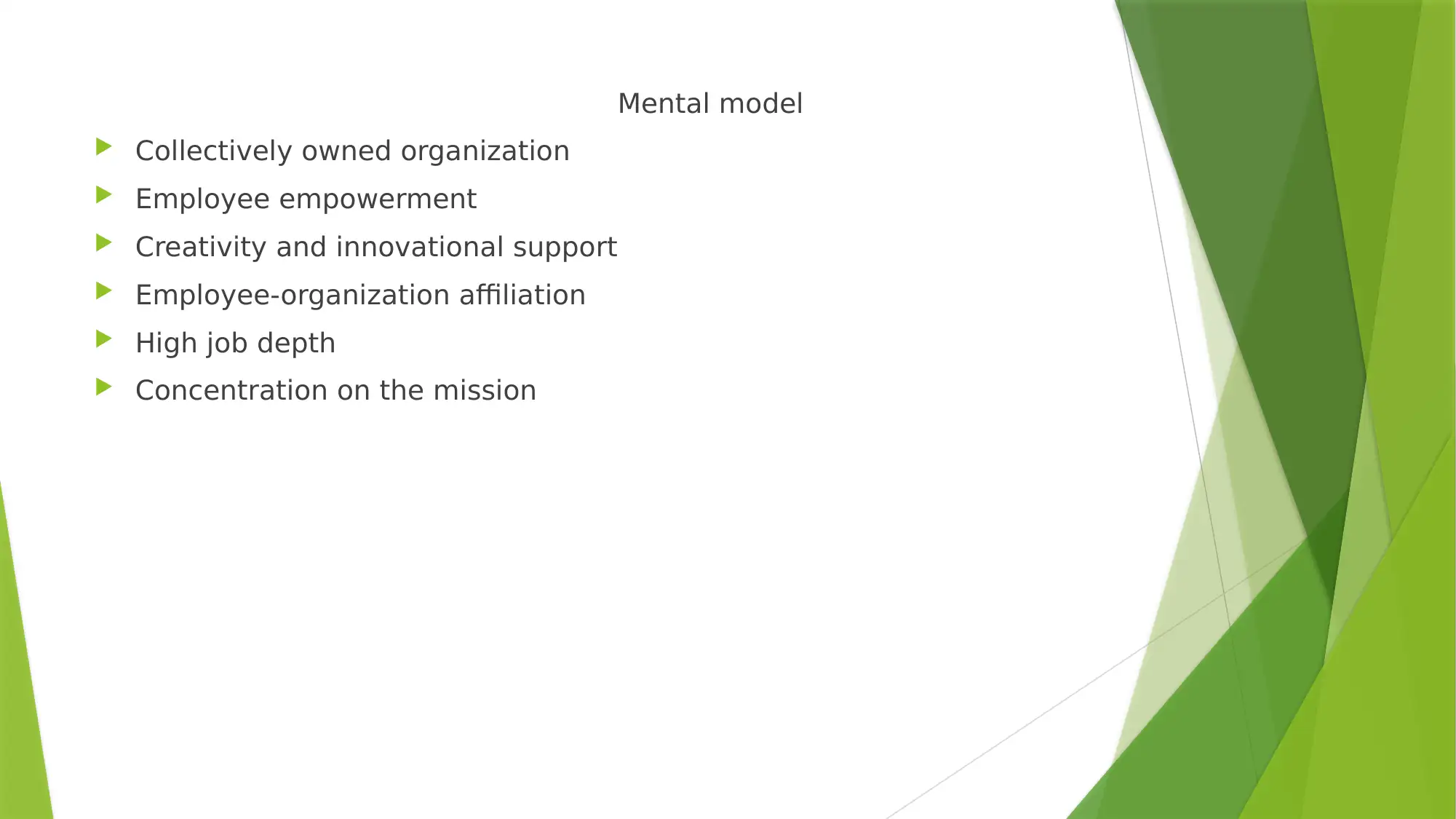
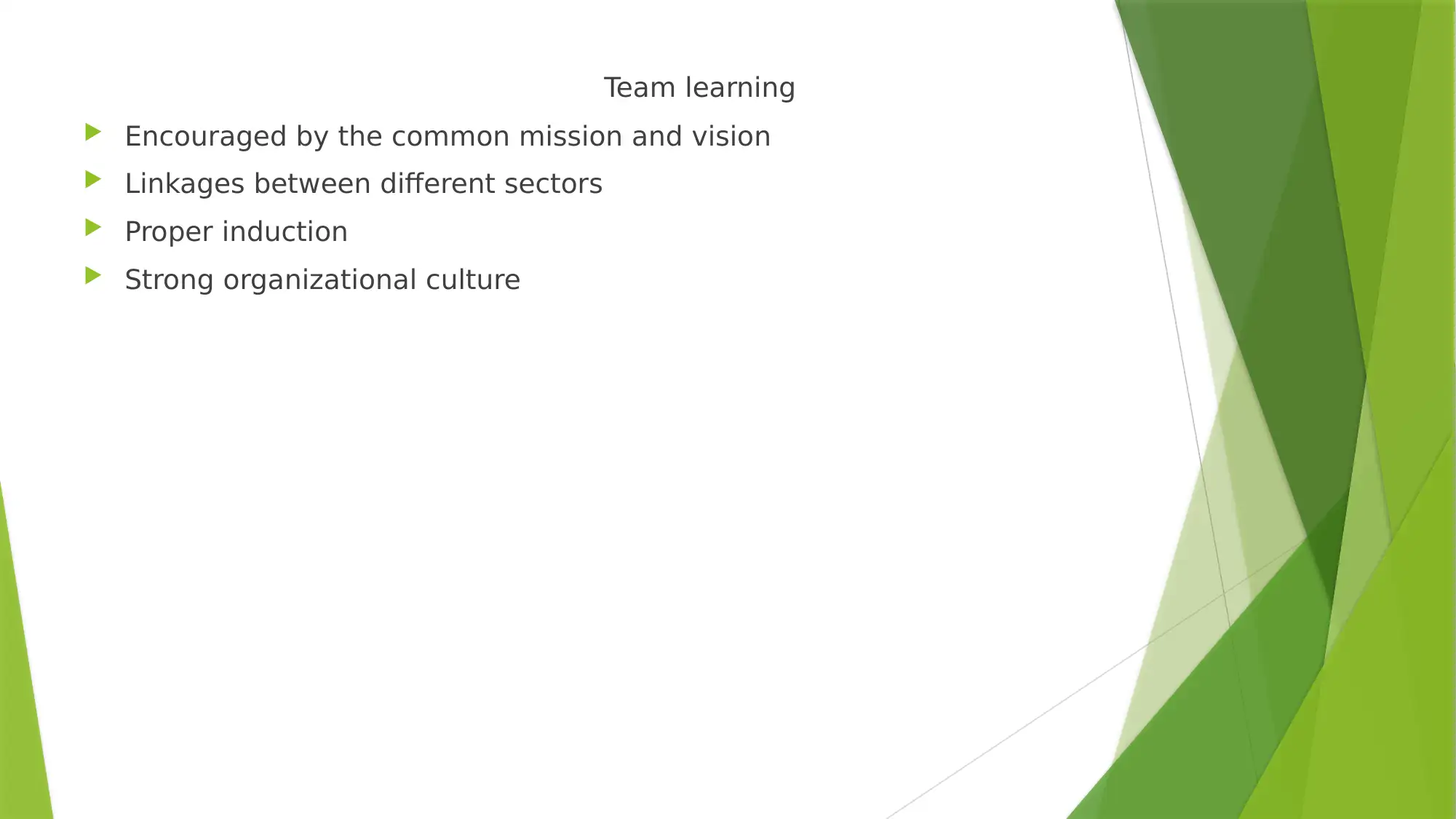
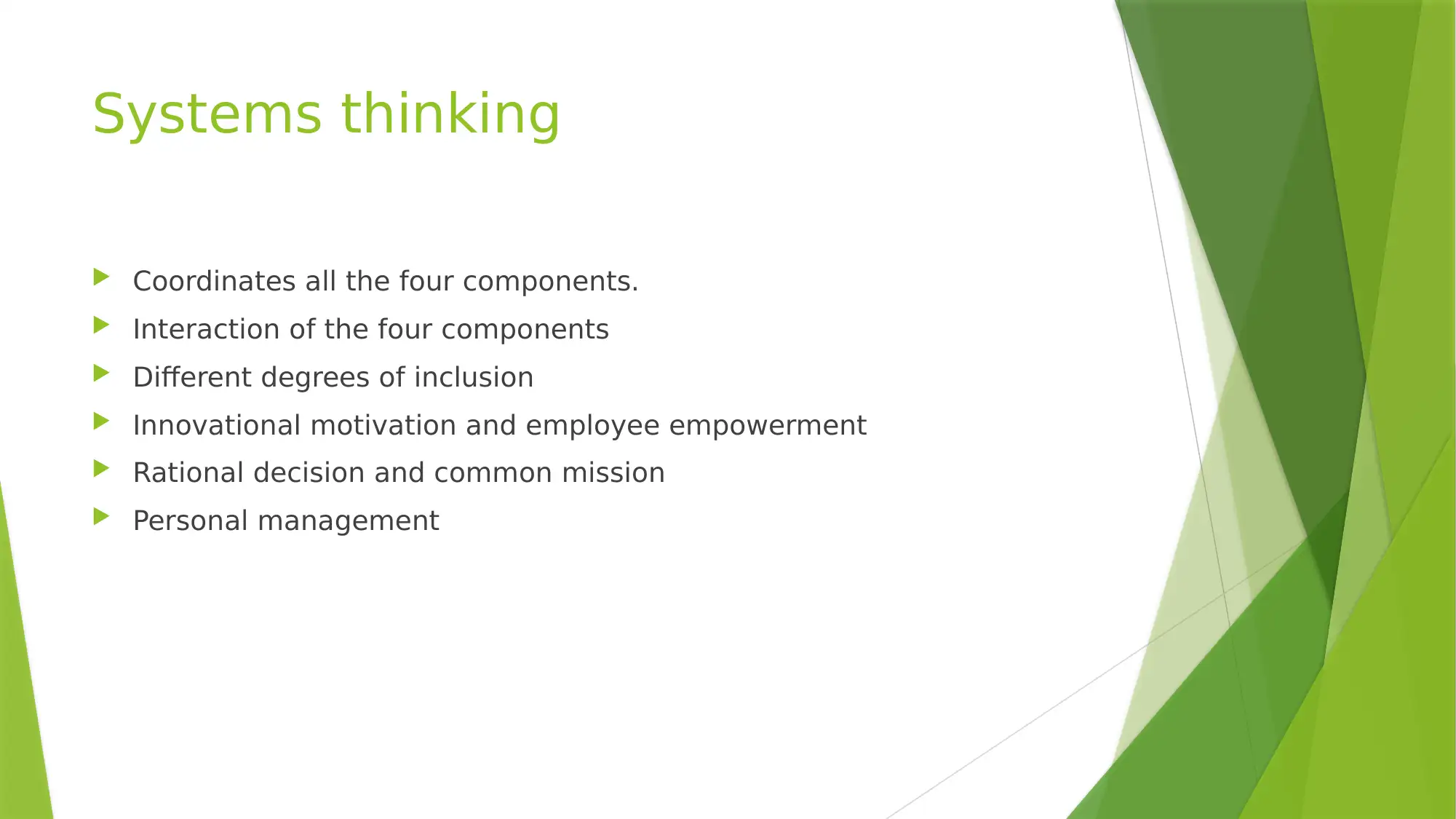
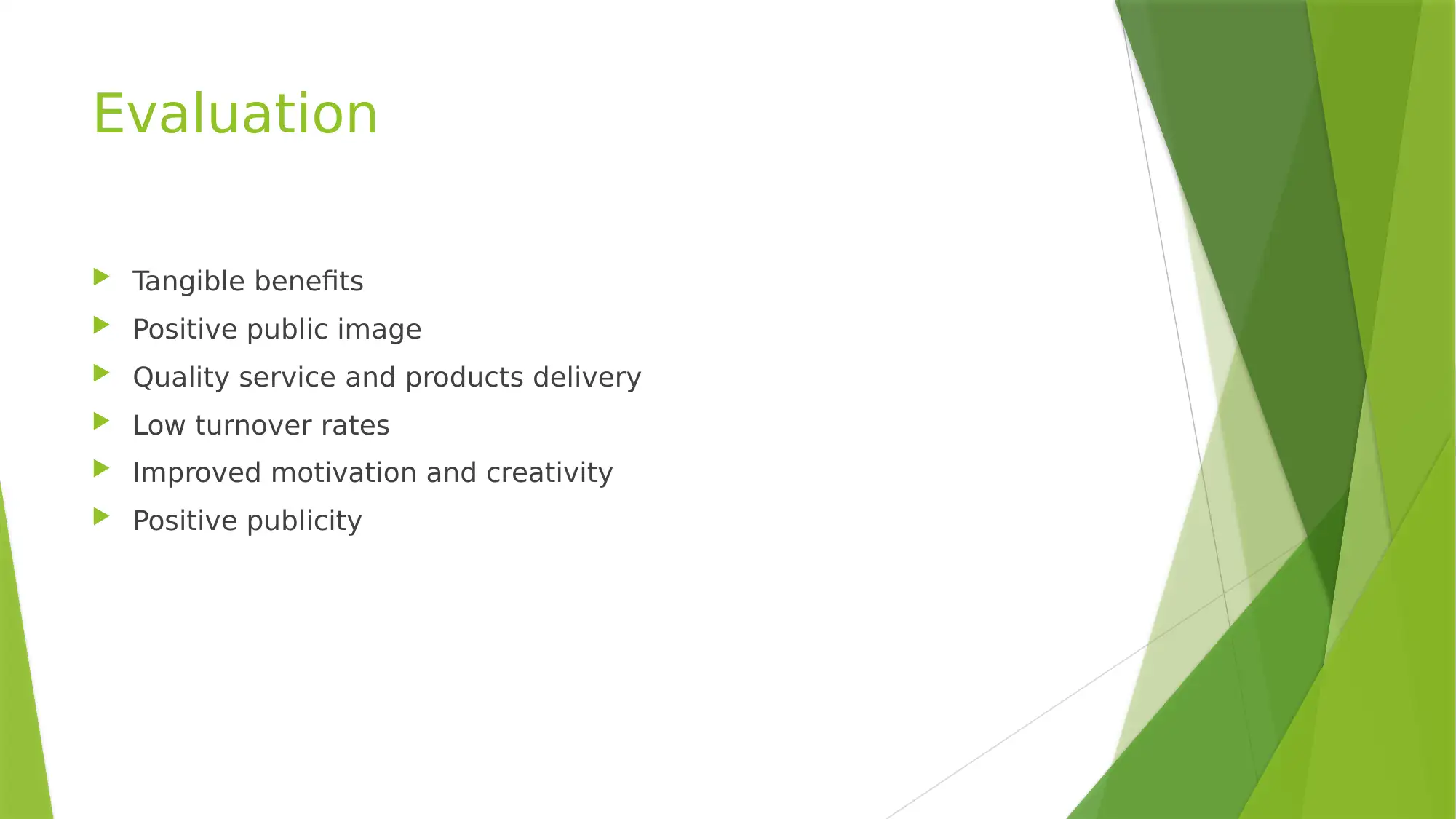
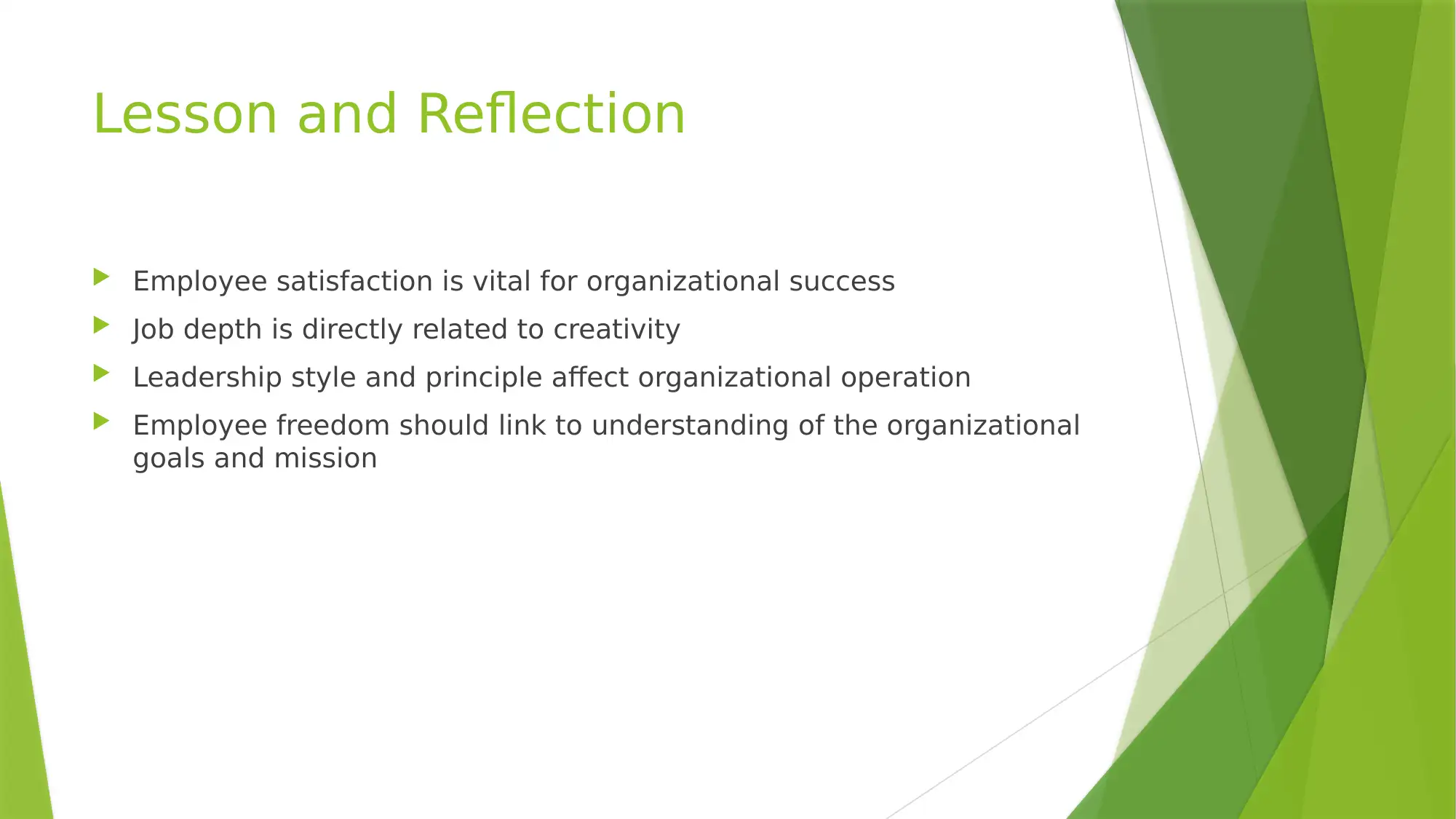
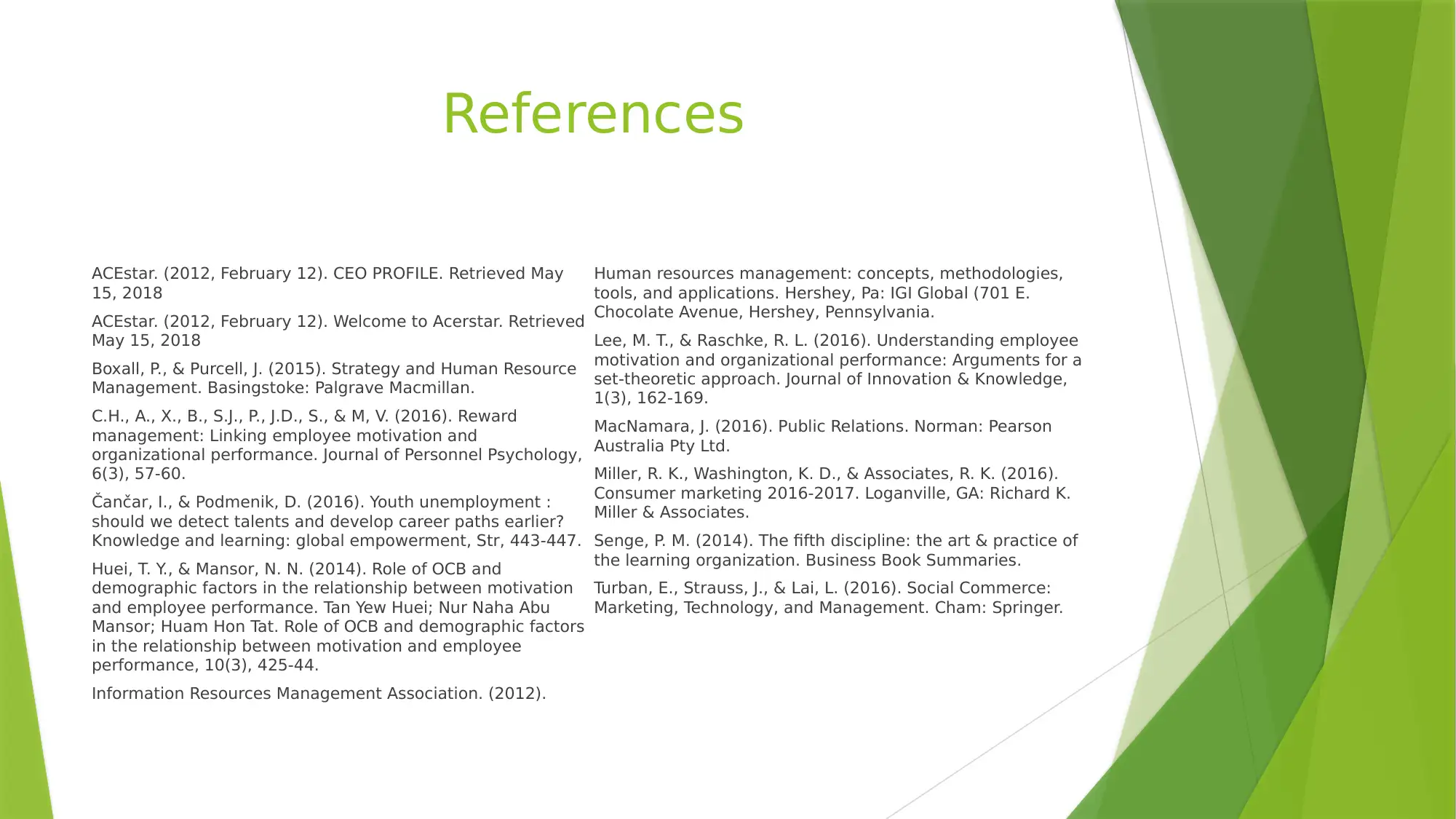


![[object Object]](/_next/static/media/star-bottom.7253800d.svg)